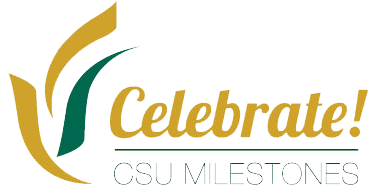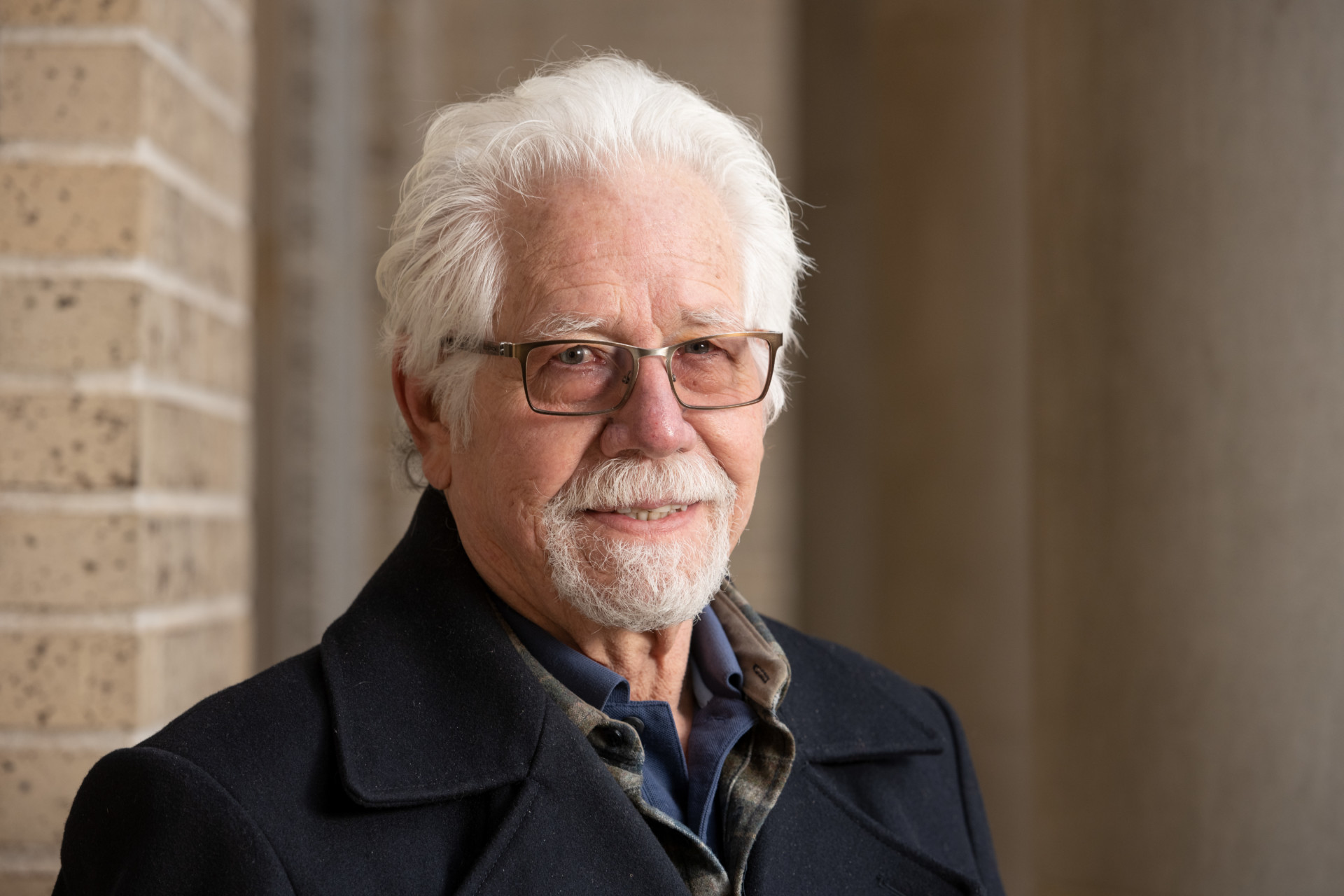
The annual Celebrate! CSU Milestones event honors Colorado State University employees achieving a decade of service or more. Although we can’t celebrate! in person this year, CSU Events has created a special commemoration for everyone with a significant anniversary.
You can see all those with Milestones this year by following this link giving.colostate.edu/celebrate-colorado-state-university and selecting the years of service – anywhere from 10 to 55 – under Milestones.
Congratulations to everyone, and thank you for your service to CSU.

Bill Liley has been part of the Colorado State University community since arriving as a student in 1962, and has worked with Human Resources for 50 years. Photo by John Eisele, CSU Photography
Colorado State University is 151 years old, and Bill Liley has been here for one-third of that history.
Liley is celebrating 50 years of service to the University this year, a Milestone anniversary that will be recognized as part of Celebrate! CSU on April 26.
The Colorado native came to campus in 1962 as a freshman majoring in engineering. He switched to the interdisciplinary “social science” major as a sophomore.
“If not for the land-grant concept, I wouldn’t have gone to college,” he said. “My father and grandfather owned and operated coal mines near Lafayette, then my father farmed the land when the coal ran out, so it made sense to take advantage of state support at a school for agriculture and mining.” His older brother had gone to Colorado A&M in the late 1950s.
After graduating with a bachelor’s degree four years later and serving three years in the Marine Corps, Liley returned to CSU to pursue a master’s degree in the College of Business. Liley had enlisted when it became clear the war would not be over before he graduated, but his tour of duty never took him to Southeast Asia, for which he said he was profoundly grateful.
Graduate studies
By then, Ray Chamberlain was the new president of CSU, enrollment was approaching a record 10,000 students, and campus was feeling the unrest sweeping the nation over the war in Vietnam
“I still didn’t have a good sense of what I wanted to do in grad school, but a good friend had a brother who worked in personnel. After interviewing him and others familiar with that profession, that’s what I majored in,” Liley recalled. “In 1969, I needed a work-study job, so I started work in what was called the Personnel Office part-time, then was appointed to a full-time position in July 1970.” Liley was promoted to the department director position in April 1975.
By that time, the Personnel Office had become the Human Resources Department. He held that position until he retired – for one month – in 2004. He returned in February of that year and has served as part-time Special Assistant to the Chief Human Resources Officer to four directors so far, sharing his comprehensive knowledge of department functions.
“My main job is to serve as the institutional memory,” he said. “I’m there to answer the question: ‘Why do we do it this way?’ As the systems become more complex, and the individual staff members’ knowledge becomes more specialized, that comes up a lot.”
Significant changes
Of all the changes that Liley has seen over the last half century, including the department’s move from paper records to online systems, he ranks modification of the University’s retirement plans as the most significant.
“It all started when Albert Yates became president of CSU in 1990,” he said. “Before then, PERA, which covered all the employees of the State of Colorado, was extraordinarily generous if you worked [for the state] your entire career immediately prior to retirement. However, if you left early in your career and withdrew your account, you only received exactly what you had contributed, not even interest, and nothing from the state.”
University presidents rarely serve that long, and Yates directed Liley to come up with a more portable alternative. All that required was a change to state law, so Liley started working with consultants from TIAA-CREF and legislative staff in Denver to draft a statute that ultimately created the Defined Contribution Plan option. It was adopted by the Colorado General Assembly in 1993, and has been available to CSU faculty and administrative professional staff for nearly 30 years.
“I feel something like the foster father of the DCP,” Liley said, adding that now is the right time for a new comprehensive look at it. Personally, he’s looking at spending more time with his wife, Lucia, who just retired from her legal career.